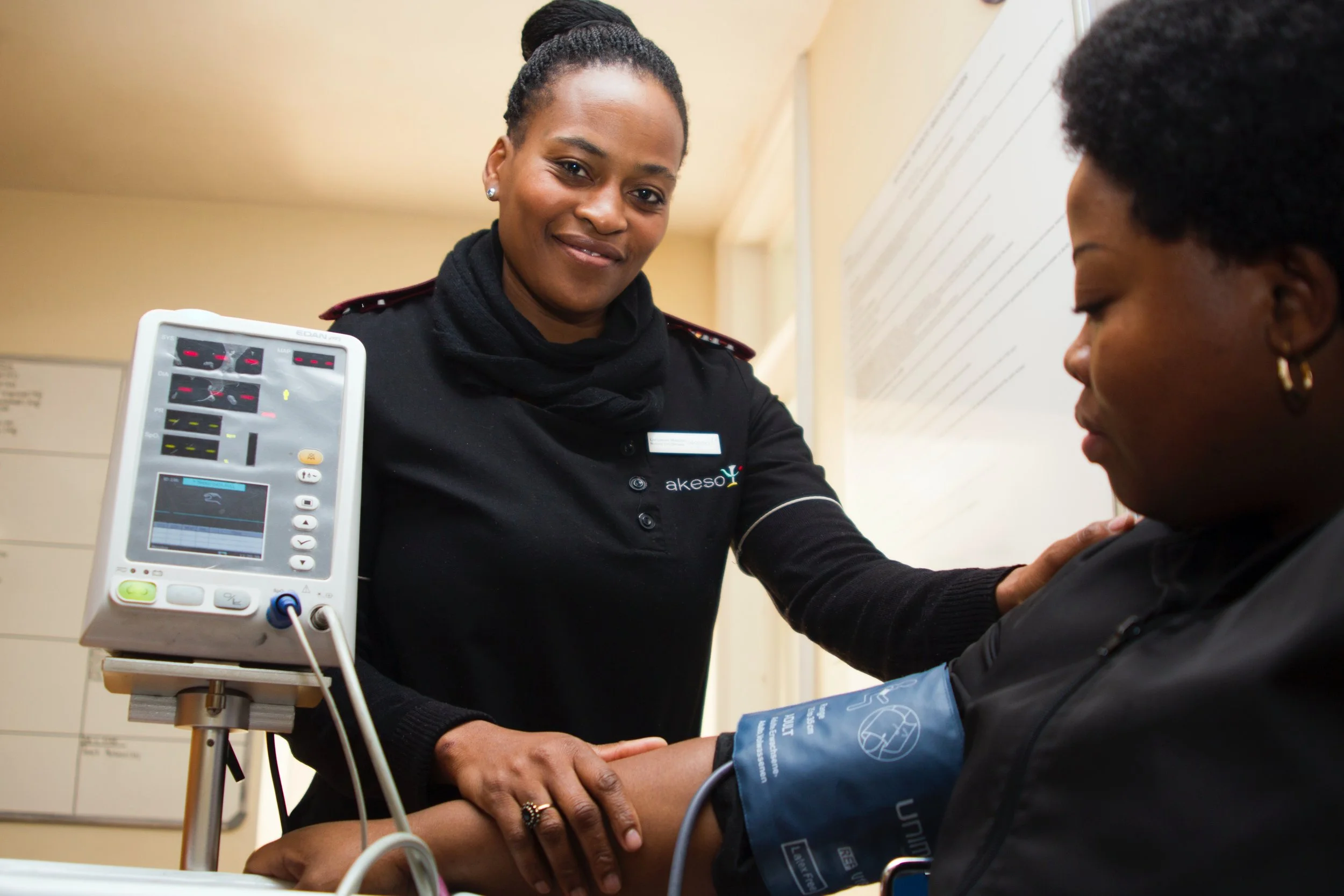What Your Resting Heart Rate Says About Your Health
Your resting heart rate (RHR)—the number of times your heart beats per minute when you’re at complete rest—is more than just a number. It’s a simple yet powerful indicator of your cardiovascular health, stress levels, and overall fitness.
Whether you're tracking it through a smartwatch or taking your pulse manually, understanding your RHR can offer early insights into how well your heart and nervous system are functioning. Subtle changes can signal improvements—or point to potential health concerns worth discussing with a provider.
What Is a Normal Resting Heart Rate?
For most adults, a normal resting heart rate ranges from 60 to 100 beats per minute (bpm). Rates on the lower end of this spectrum often suggest more efficient heart function and better cardiovascular fitness. Athletes or physically active individuals may naturally have a lower RHR—sometimes as low as 40 bpm—without any underlying concern.
On the other hand, a consistently high RHR may indicate poor conditioning, elevated stress levels, dehydration, or an underlying medical issue such as anemia or thyroid imbalance.
What a Low Resting Heart Rate May Indicate
A resting heart rate below 60 bpm is often seen in individuals with high cardiovascular fitness, especially endurance athletes. This condition, known as bradycardia, is usually harmless when no symptoms are present. However, in some cases, a low RHR may point to issues with the heart’s electrical system, especially if accompanied by dizziness, fatigue, or fainting.
Certain medications, such as beta-blockers, can also lower heart rate. If your RHR drops below 50 bpm and you experience symptoms, it’s important to consult your provider.
How to Accurately Measure Your Resting Heart Rate
To get an accurate resting heart rate, measure it first thing in the morning, before getting out of bed or engaging in any physical activity. Here’s a simple method:
Use your index and middle fingers to find your pulse on your wrist or neck.
Count the beats for 30 seconds, then multiply by two.
Use a timer or stopwatch to ensure accuracy.
For best results, avoid caffeine, stress, or exercise within one hour of measuring.
Wearable devices can also track RHR trends, but manual checks offer a reliable baseline.
Factors That Influence Your Resting Heart Rate
Several lifestyle and physiological factors can affect your resting heart rate day-to-day:
Physical fitness: Regular exercise lowers RHR over time.
Stress levels: Emotional or mental stress activates the sympathetic nervous system, increasing heart rate.
Sleep quality: Poor or disrupted sleep may elevate RHR.
Hydration: Dehydration can lead to a faster heart rate to maintain circulation.
Medications: Stimulants, beta-blockers, and thyroid medications can raise or lower RHR.
Age and sex: RHR tends to increase with age and is often slightly higher in women.
Recognizing these variables helps you interpret your RHR in context.
How to Lower an Elevated Resting Heart Rate
If your resting heart rate is consistently high, small lifestyle changes can make a significant difference over time:
Exercise regularly: Cardiovascular training strengthens the heart and reduces RHR.
Manage stress: Techniques like deep breathing, meditation, and mindfulness help calm the nervous system.
Improve sleep: Aim for 7–9 hours of quality sleep to support heart recovery.
Limit stimulants: Reduce intake of caffeine, nicotine, and alcohol.
Stay hydrated: Dehydration forces the heart to pump faster.
In some cases, your doctor may adjust medications or investigate medical causes if lifestyle changes don’t help.
When to See a Doctor About Your Heart Rate
While daily fluctuations in resting heart rate are normal, persistent extremes—especially with symptoms—should not be ignored. You should seek medical advice if:
Your RHR is consistently above 100 bpm without a clear cause
Your RHR is below 50 bpm and you feel lightheaded, dizzy, or fatigued
You notice sudden, unexplained changes in your heart rate
You experience chest pain, shortness of breath, or fainting episodes
Your provider may perform an EKG, blood tests, or refer you to a cardiologist to rule out arrhythmias or underlying conditions.
References
Cooney, M. T., Vartiainen, E., Laatikainen, T., Juolevi, A., Dudina, A., & Graham, I. M. (2010). Elevated resting heart rate is an independent risk factor for cardiovascular disease in healthy men and women. American heart journal, 159(4), 612–619.e3. https://doi.org/10.1016/j.ahj.2009.12.029
Palatini, P., & Julius, S. (2004). Elevated heart rate: a major risk factor for cardiovascular disease. Clinical and experimental hypertension (New York, N.Y. : 1993), 26(7-8), 637–644. https://doi.org/10.1081/ceh-200031959
related blogs




